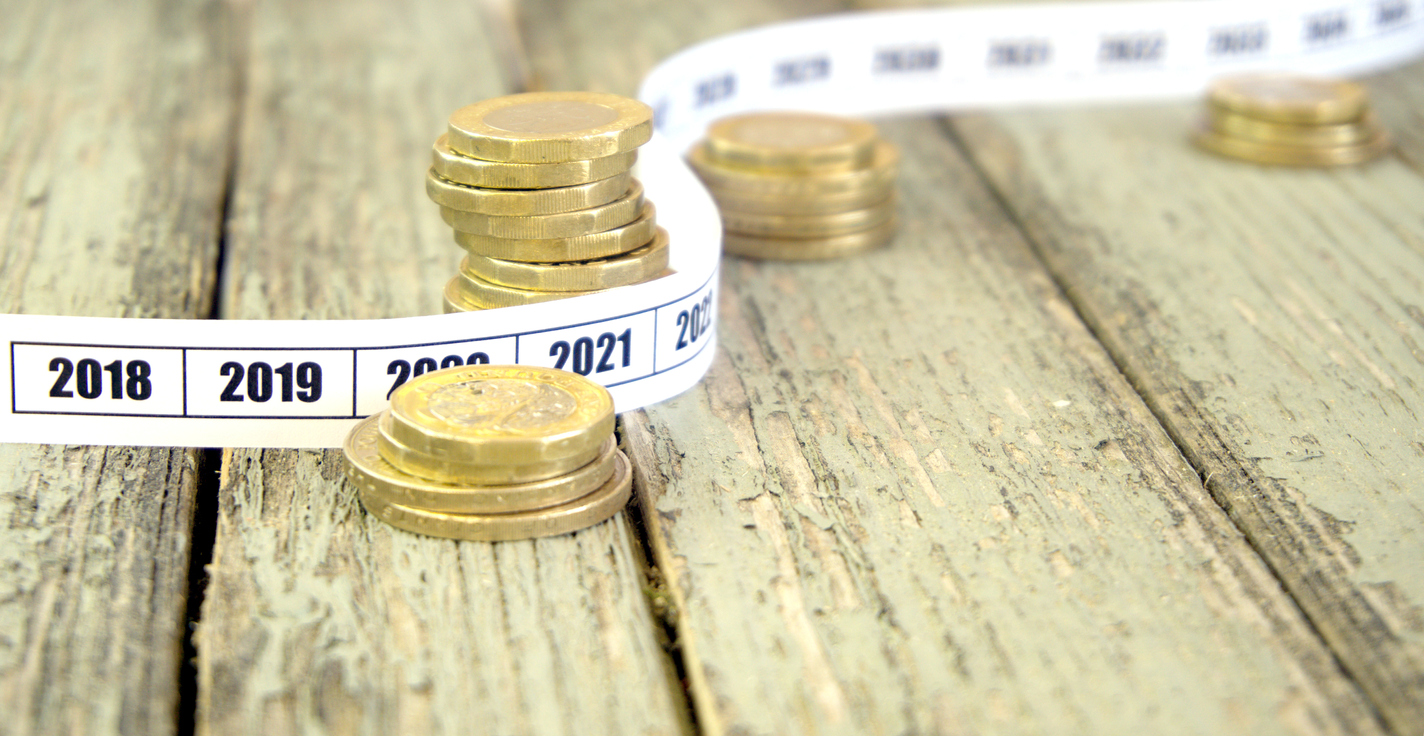
For anyone approaching retirement, making the most of your pension annual allowance is a vital part of your pre-retirement planning. But you may be surprised to learn that individuals are allowed to take advantage of any unused pension allowances from the previous tax years. It’s called ‘carry forward’ and we think it’s a concept that more people need to be aware of.
But let’s take a step back. At FAS, we believe pensions are some of the most tax efficient investment vehicles available. For a start, payments made into a pension automatically qualify for income tax relief. In other words, the government pays you money to encourage you to put more into your pension! Income tax relief is paid at the basic rate of 20%, which means that for every £80 you put into your pension, the government will top this up with another £20. Higher and/or additional rate taxpayers can claim income tax relief at their marginal rate via their tax return, thus further increasing the value of pension planning.
But this generosity does have its limits. For example, pension rules state a person cannot pay more into their pension annually than they have earned. Additionally, to limit the amount of ‘free money’ the government gives to people paying into their pension, it has capped the annual amount an individual can pay in while still claiming income tax relief. For most people with a defined contribution pension, the ‘annual allowance’ places a limit of £40,000 (or 100% of earnings if lower) on the amount a person can place into a company pension (or self-invested personal pension – known as a SIPP) while still being able to claim tax relief. Any amount paid into the pension beyond this threshold is not eligible for relief.
What is the carry forward concept?
While the annual allowance means pension contributions eligible for income tax relief is capped at £40,000 in each tax year, the carry forward concept makes it possible for people to make use of any unused pension allowance not claimed in the previous three tax years. So, if you made pension contributions of £25,000 in each of the previous three tax years, you can carry forward the remaining £45,000 in unclaimed annual allowances (£15,000 x 3) on top of your current tax year allowance.
As you can imagine, this is a very valuable tax break, and one that appeals to individuals who may have sold a business, are close to retirement or hold large sums on deposit they would like to put into their pension. However, carry forward does come with a few conditions that must be met. For example:
- Carry forward can only be used where pension input amounts exceed the standard annual allowance for the relevant tax year.
- You must earn at least the amount you wish to pay into your pension in the tax year you are making the contribution for (so if you, for example, want to make total contributions of £100,000 you must earn at least £100,000 in that tax year). This doesn’t apply if your employer is making the contribution on your behalf.
- You must have been a member of a UK-registered pension scheme (not including the state pension) in each of the tax years from which you wish to carry forward from.
- You must use any unused annual allowance from the earliest year first (you can only go back three years) and can only use it once. This means carry forward cannot be used a second time.
Who fits the profile to use carry forward?
In our experience, carry forward is considered particularly useful for the self-employed, especially those whose earnings fluctuate from year to year, as well as individuals planning on making a large pension contribution before they reach retirement age. Here’s a theoretical example.
Case study: Meet Connor
Connor is self-employed and has been paying £2,000 a month into his personal pension for the last five years. Over the last 12 months, Connor has been working on a large contract. He expects to make a profit of £120,000 for the 2021/2022 tax year.
Connor knows that he can reduce his tax bill and increase his retirement pot by contributing more into his pension. On top of his monthly contributions, Connor wants to make a £40,000 lump sum payment into his pension.
As Connor is already making monthly contributions to a personal pension, the first step for him is to work out the total of these once tax relief has been applied. The easiest way to calculate this is to divide £2,000 by 20%, or £2,500. Connor’s gross annual pension contributions – including tax relief – are therefore £30,000.
Connor wants to pay a further £40,000 lump sum payment into his pension. After applying basic rate tax relief (using the same principle shown above – £40,000 divided by 20%), Connor knows the total gross pension contribution is £50,000.
Given Connor’s annual allowance is £40,000, after deducting his total monthly pension contributions of £30,000, he has £10,000 available to use in the current tax year. Connor can use carry forward and use the unused allowances over each of the last three tax years (£10,000 x 3) on top of the £10,000 available in the current tax year, to pay his lump sum without exceeding the annual allowance and losing available tax relief.
How can we help?
The carry forward rules might seem complicated, and it’s important to understand their limitations. But here at FAS, we have considerable experience of helping individuals to make the best use of their available allowances, and help to get the full benefits from the carry forward rules. In the right circumstances, carry forward can really help to fund a pension before retirement.
If you are interested in discussing your defined contribution pension arrangements with one of our experienced financial planners at FAS, please get in touch here.
This content is for information purposes only. It does not constitute investment advice or financial advice.





